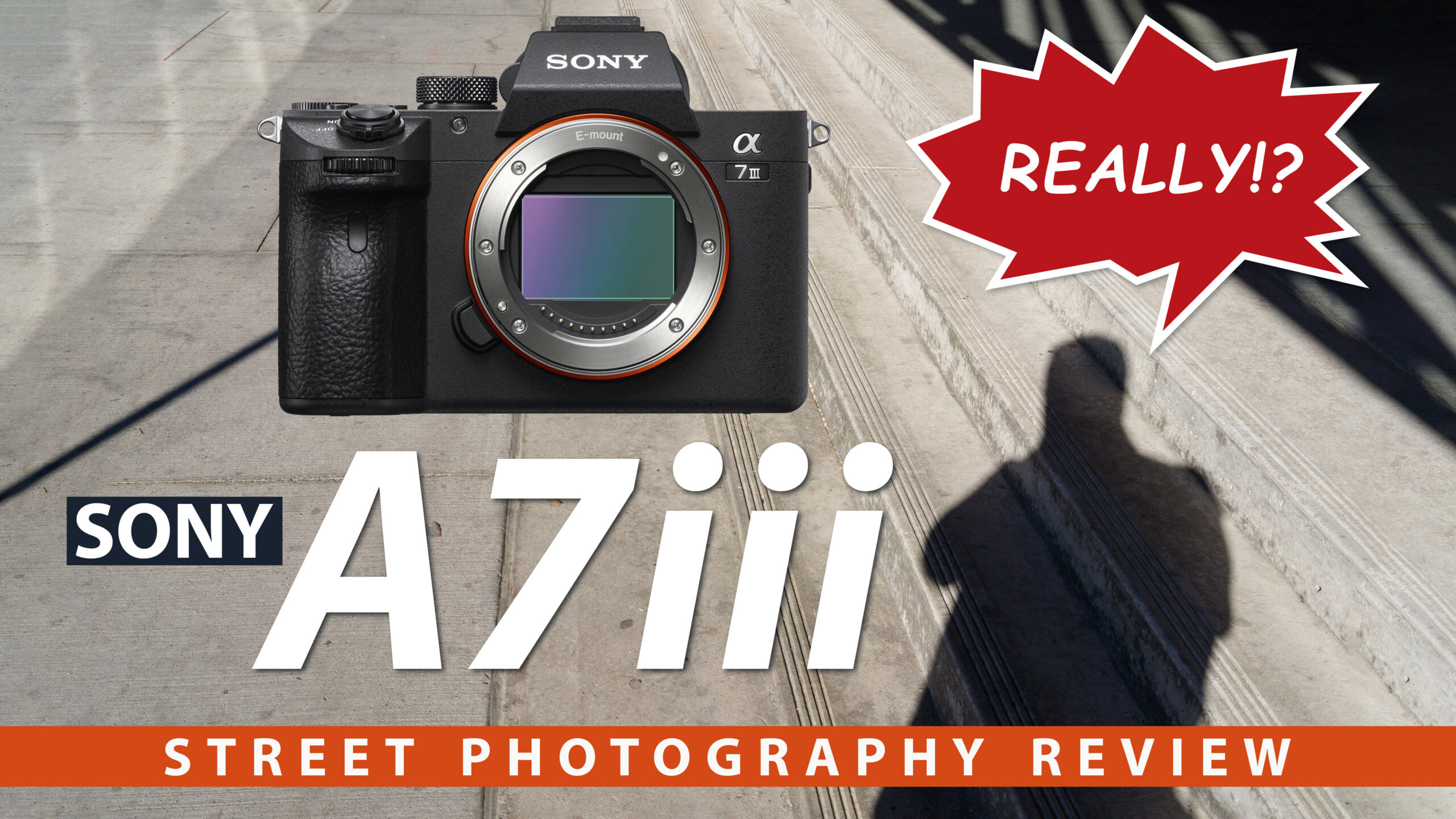No camera in recent memory has created as much buzz as the Sony A7iii but how does it hold up as a dedicated street photography camera? I spent the last three months shooting Sony A7iii street photography and I was largely impressed but there are a few things you should know before you spend your hard earned money on this little guy. Hit the jump for my Sony A7iii street photography review!
Sony A7iii Street Photography Review Video
Sony’s A7 series of full frame cameras are technological marvels with class leading image quality. But why do most street photographers make a face when you show them a Sony camera? The plain fact is that Sony cameras have a reputation for their obtuse user interface that doesn’t speak to the “soul of the photographer”.
But when Sony introduced the A7iii I decided it was time to take a look at close look the camera as a serious tool for street photography. Could the Sony A7iii change my mind about shooting with Sony cameras?
I shot Sony A7iii street photography for the past 3 months and I can say there’s a lot to like with the A7iii. But as good as it is, the A7iii is far from perfect.
Let’s start with the things you can actually see…
Sony’s Basic Model – Not Entry Level
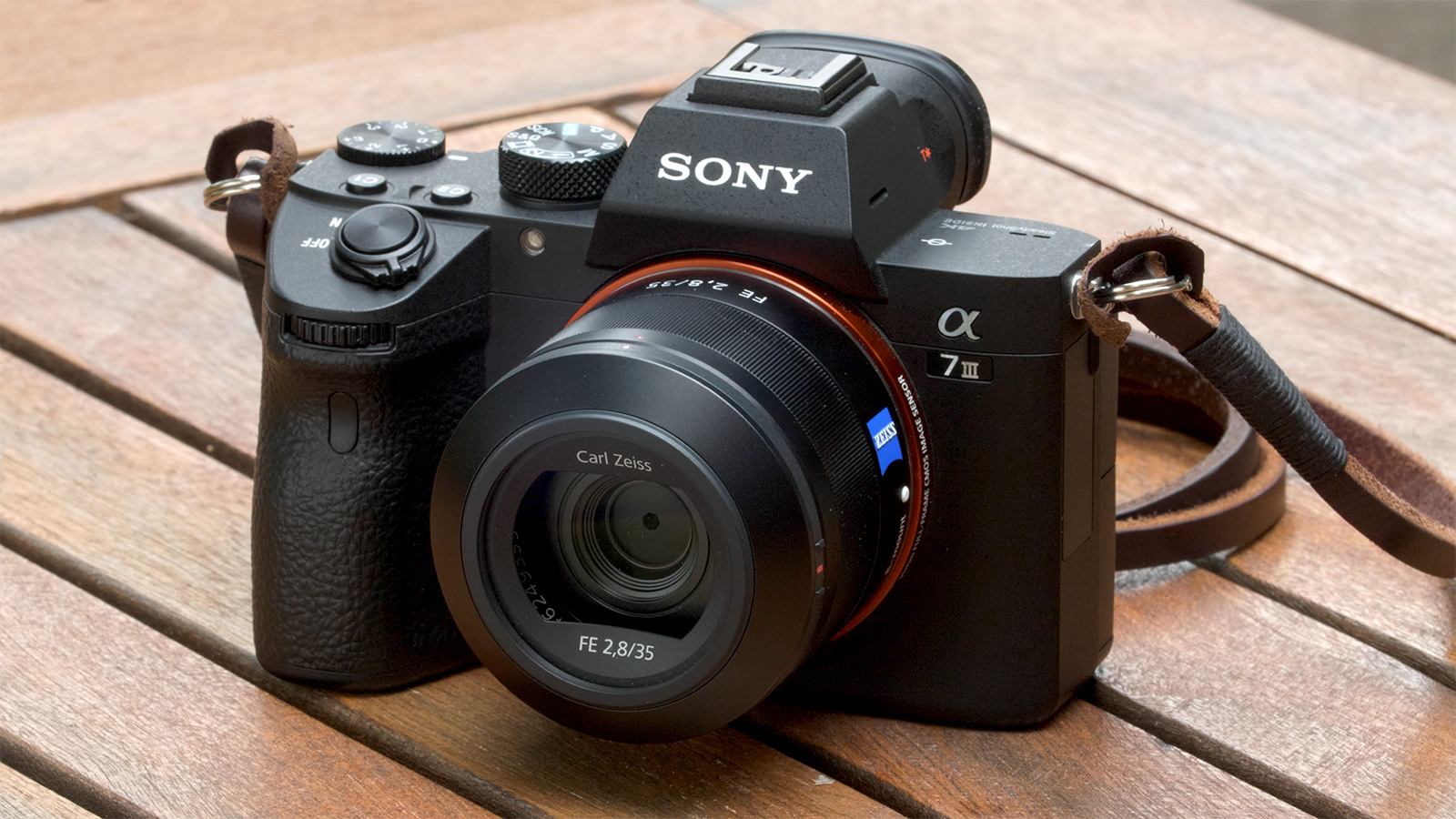
The Sony A7iii is built on a magnesium alloy frame that’s lightweight and solid feeling. The body has a pastic cover on the back but it’s a good quality plastic that doesn’t feel cheap in any way. No wiggly or creaky bits. It’s just a good solid camera and you’d be hard pressed to tell the difference in build quality between the A7iii and the much more expensive A7Riii.
Sony calls the A7iii its basic model. Not entry-level but “basic”. I’m not sure if that’s just marketing hype but I can say this camera feels premium in the hands. Grab it and shoot with the confidence of knowing you have a solid little camera in your hand.
The camera body is clad with a nifty matte black finish and you could almost call this camera stealthy if it wasn’t for the bright orange stripe around the lens mount! Can’t win ’em all, I guess…
It’s Full Frame, Baby!
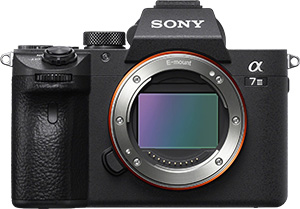
The compact size of Sony’s A7 series of cameras is no surprise at this point. But even after using one for a few months, I have to keep reminding myself that this is a full frame sensor. It’s remarkably small while still being perfectly usable.
I’m not going to stir up the whole full frame vs. the world debate but you can’t deny that full frame images have a certain look to them. It’s beyond bokeh and depth of field and more of a “feeling”. Part of this is due to the lack of crop factor and the quality of the lenses but it’s definitely a tangible thing.
From my perspective as a street photographer that likes to shoot in layers, a full frame sensor means the optics will render the scene in a way that makes these relationships a bit clear. A 35mm lens on a full frame camera comes pretty close to matching the field of view and depth percption of my naked eye and this really helps me visualize my shots.
Plus you have the added benefits of larger pixels with more light gathering ability and typically more dynamic range than the smaller system cameras. Full frame isn’t anything that’s going to improve your photography but it definitely contributes to having the best image quality out of the gate!
EVF Quality – How Good Is The EVF?
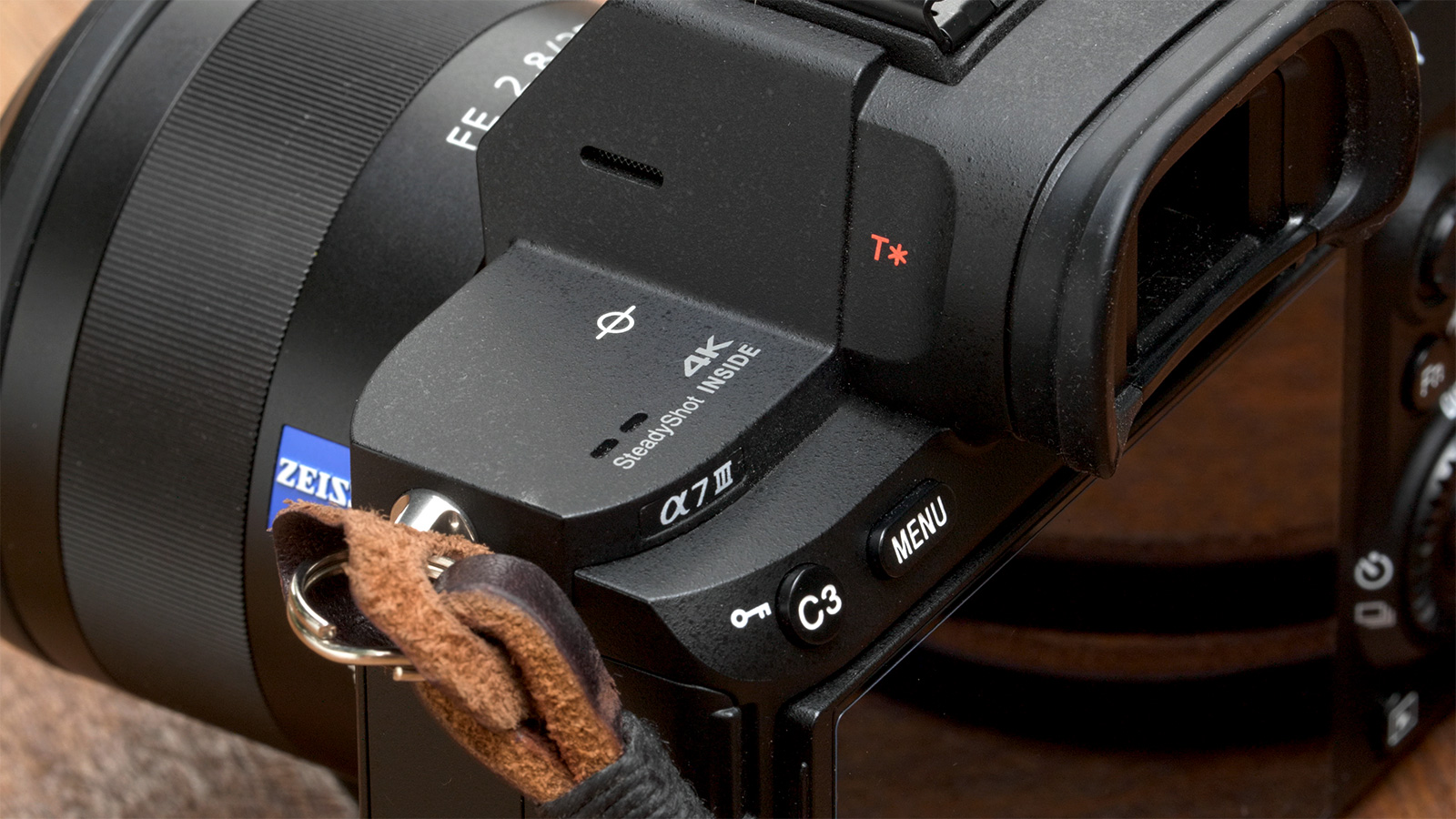
When you’re talking about mirrorless cameras the EVF is extremely important. It literally affects the way we see the world so it’s gotta be good or just don’t bother.
From what I can tell the Sony A7iii uses the top of the line EVF from the previous generation of Sony A7 cameras. It’s a 2.36 million pixel EVF with .78x magnification and a respectable 60 fps refresh rate. It also uses Zeiss T* coating on the optics to ensure the best viewing experience.
All in all this is an excellent EVF. The big and bright EVF image is easy to see in bright sunlight and doesn’t get laggy in low light. I never had problem achiveing focus with adapted manual focus lenses. It’s perfectly fine…
Until you look at the EVF in the top of the line A7Riii with its 3.68 million dot resoution and 100 fps refresh rate. It eclipses the Sony A7iii EVF in every way. But the A7Riii is also $1000 more than the A7iii so some concessions had to be made. There’s absolutely nothing wrong with the EVF in the A7iii, but the A7Riii is definitely better.
Considering the price difference between the two cameras, it makes sense that Sony would save the top of the line EVF for the top of the line A7Riii.
This being said, I’ve never run into a situation where the image quality of the EVF in the A7iii failed me. I’ve shot using manual focus lenses, AF lenses, and I’ve shot video with this camera. No problems resolving what I’m seeing at all.
But…
The EVF has the same problem as every Sony A7 camera. You can’t disable the eye sensor from turning off EVF when your eye (or anything else) is not directly in front of it. Even when you manually set the camera to EVF only, the eye sensor is in play.
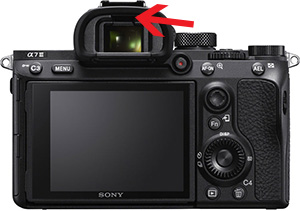
I’m a street photographer and I never know when my next subject is going to appear so I like my camera to be ready to go all the time. If I’m walking around with the Sony A7iii around my neck the eye sensor sees my chest and the EVF is powered on burning battery. When I pick up the camera and move it towards my eye and the eye sensor sees nothing and turns the EVF off. Then a second later when the camera gets to my eye the EVF powers back on.
Doesn’t sound so bad but it takes about 1/4 second for it to come back on. Then it takes about another 1/4 second before the information is displayed in the EVF and you feel like you’re in control of the camera again. So you’re looking at a half second delay every time you bring the camera to your eye.
Fuji gives you the options of “EVF only” and “EVF only with eye sensor” depending on your needs and it would be great if Sony immplemented the same thing. It’s really only a matter of a firmware update so it’s a little puzzling that this has been left unfixed since the original A7.
My workaround? I put a tiny piece of tape on the eye sensor to trick it into thinking that my eye is always present and keep the evf powered on but it would be great to not have to side step this fundamental level of control.
Okay, rant over.
The New Batteries Are Crazy Good
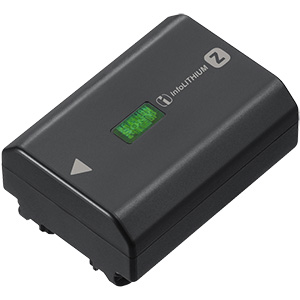
The new Sony NP-FZ100 batteries are crazy good and the Sony A7iii has about the best battery life I’ve seen on any modern mirrorless camera.
It’s hard for me to give you a specific number of frames per battery because of the way I shoot. I typically walk around with the camera powered on around my neck. Depending on what I see I could take anywhere from 10 to 100 pics in an hour. Or none. Really depends on the photo gods and what they’re willing to show me on a given day.
This being said, I can get through a full day of shooting A7iii street photography on a single fully charged battery. And still have some life left for shooting at night.
Sony cameras used to have the worst battery life and Sony photographers knew enough to bring a ton of extra batteries with them. But the new Sony NP-FZ100 batteries are night and day better. Sony really hit it out of the park with battery life and it’s not longer an issue. They nailed it!
But…
The lack of an external charger in the box means you can’t shoot while you’re charging your battery. Plus the included USB cable takes upwards of 4 hours to charge. Like it or not, you’re going to need to get an external charger at some point.
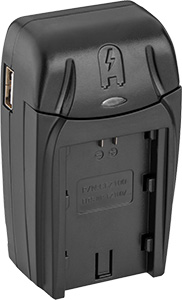
So I grabbed a compact Watson charger from B&H because I travel a lot but it takes almost 7 hours to fully charge a battery. Watson also makes a double charger that will charge each battery in a couple hours.
The Sony BC-QZ1 charger also charges in couple of hours but it’s 80 bucks!
Sony includes that charger with the A7Riii which I realize is a premium camera but there’s no way that chager costs more than 75 cents to product so let’s not pretend it’s a luxury item. I’d argue that an external charger is an essential component of any camera. So just include it already!
In all fairness, this isn’t a Sony issue. A lot of camera manufacturers cheap out on the charger on their lower price models. So count on spending a bit extra for a proper charger when you get the camera.
The Sony Zeiss 35mm f2.8 Sonnar
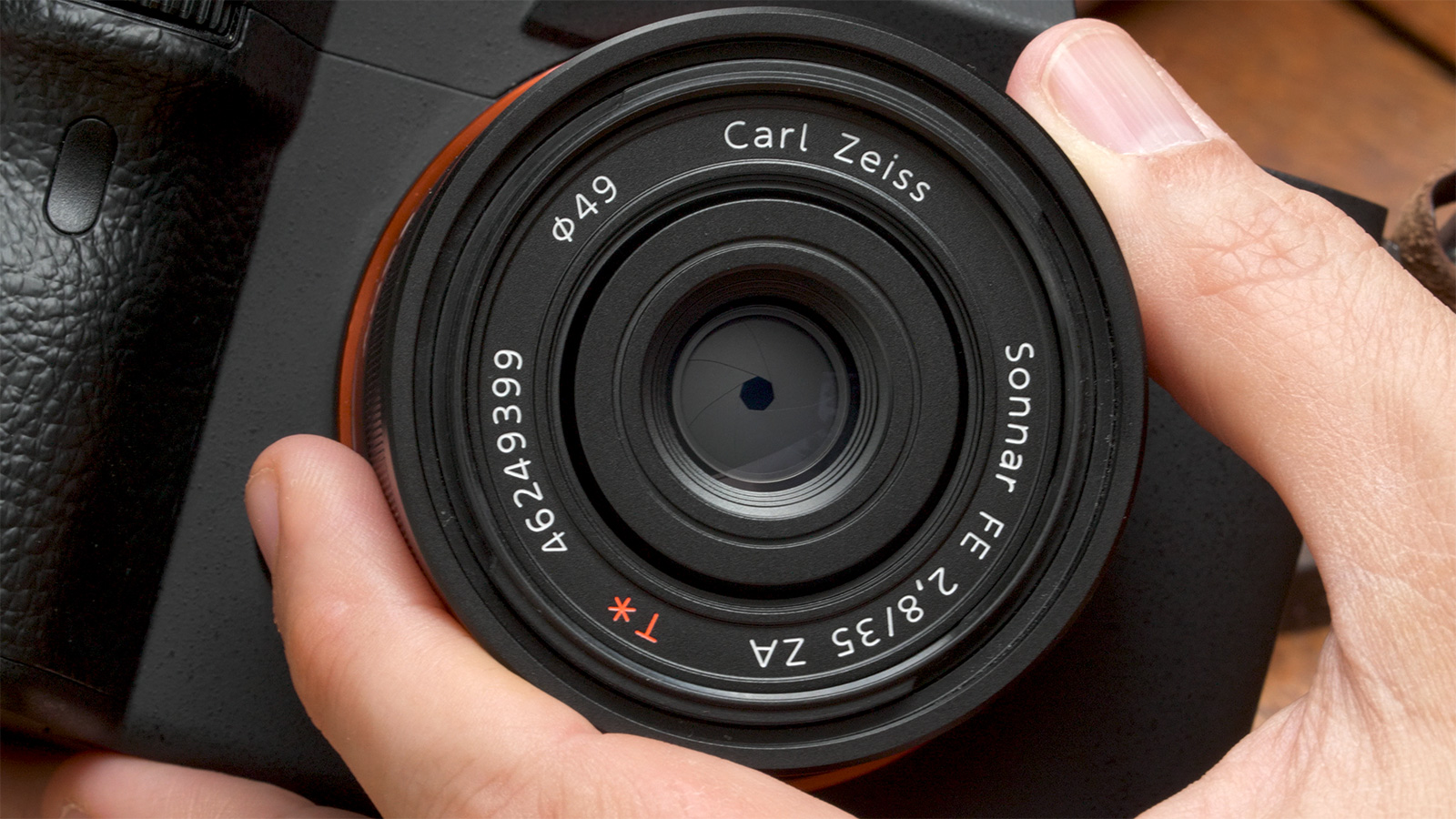
A lot of street photographers are going to go with this lens so I thought it’s worth talking about as part of the A7 iii street photography review. And the image quality produced by this lens when paired with the Sony A7iii sensor is nothing short of impressive.
The Sony Zeiss 35mm f2.8 is a little jewel of a lens. It’s an actual Sonnar design (rumored to be Bresson’s favorite lens designs) so you can expect to pay a bit of a premium price for this little guy. But it’s super compact size and tack sharp rendering make it worth every penny. And yes, I know the camera is likely correcting the F out of this lens in camera but I have no problem with that. It’s part of modern photography and if digital corrections can improve the image quality then I’m all for it!
As much as I’m happy with the image quality I have to say this lens feels a little cheap in hand. I mean, it’s an $800 lens but it feels like it should cost more like $400 bucks. This isn’t to say that it’s poorly made but it’s a light weight optic and the choice of materials used to keep the weight down is definitely affecting my perception here. It has a metal exterior and a metal lens mount but I’m pretty sure everything else on this lens is plastic. It even uses plastic threads on the filter mount!
But based on the image quality alone, I think this lens is worth the price – especially when paired with the excellent sensor on the Sony A7iii. This little combo packs a helluva punch!
The only thing I don’t really like about this lens is the fact that it’s focus by wire when it comes to manual focus. This is just a fact of most modern focus lenses and something we all have to deal with. It makes hyperfocal shooting a bit more tricky but you can definitely get the job done.
Shooting Hyperfocal

Some folks are perfectly happy shooting AF on the street but it’s just not the way I work. I don’t want to stop the creative process of watching a scene develop to decide what to focus on, then by the time I acquire focus the moment is often gone. And I’m not the kind of shooter that focuses on something and waits for something interesting to happen.
So I set the lens to its hyperfocal distance at a given aperture and shoot with the knowledge that just about everything in the scene will be in focus. On a full frame sensor with a 35mm lens at f8 your hyperfocal distance is about 5 meters or 16 feet. Set your focus point at 16 feet and everything from about 8 feet to infinity will be in focus.
Leica M lenses have focus distance scales marked on the lens making this process a breeze. But the Sony Zeiss 35mm f2.8 forces you to set distance using the camera’s in-viewfinder manual focus scale. And this scale is notoriously low resolution on Sony camera. And the lens is focus by wire. And it’s just a PITA to do.
I found it easier to keep the camera in single point auto focus and focus on a point in the scene that’s around 16 feet away. There’s a number of real world markers you can use to help you estimate focus. The lines on the sidewalk are typically 5 feet apart – focus on around 3.5 tiles away and you’ll be in the zone. Lanes on the road are typically 12 feet wide. Focus at a point around 1.25 lanes and that should do the trick. Use anything in your area that’s a regular predictable distance and you’re good to go.
This isn’t a perfect system and it’s not as good as a dedicated manual focus lens (Loxia, anyone?) but it works quite well in practice. Plus you have the ability to use AF to snap focus to closer subjects when needed.
Why Not Just Shoot AF On The Street?
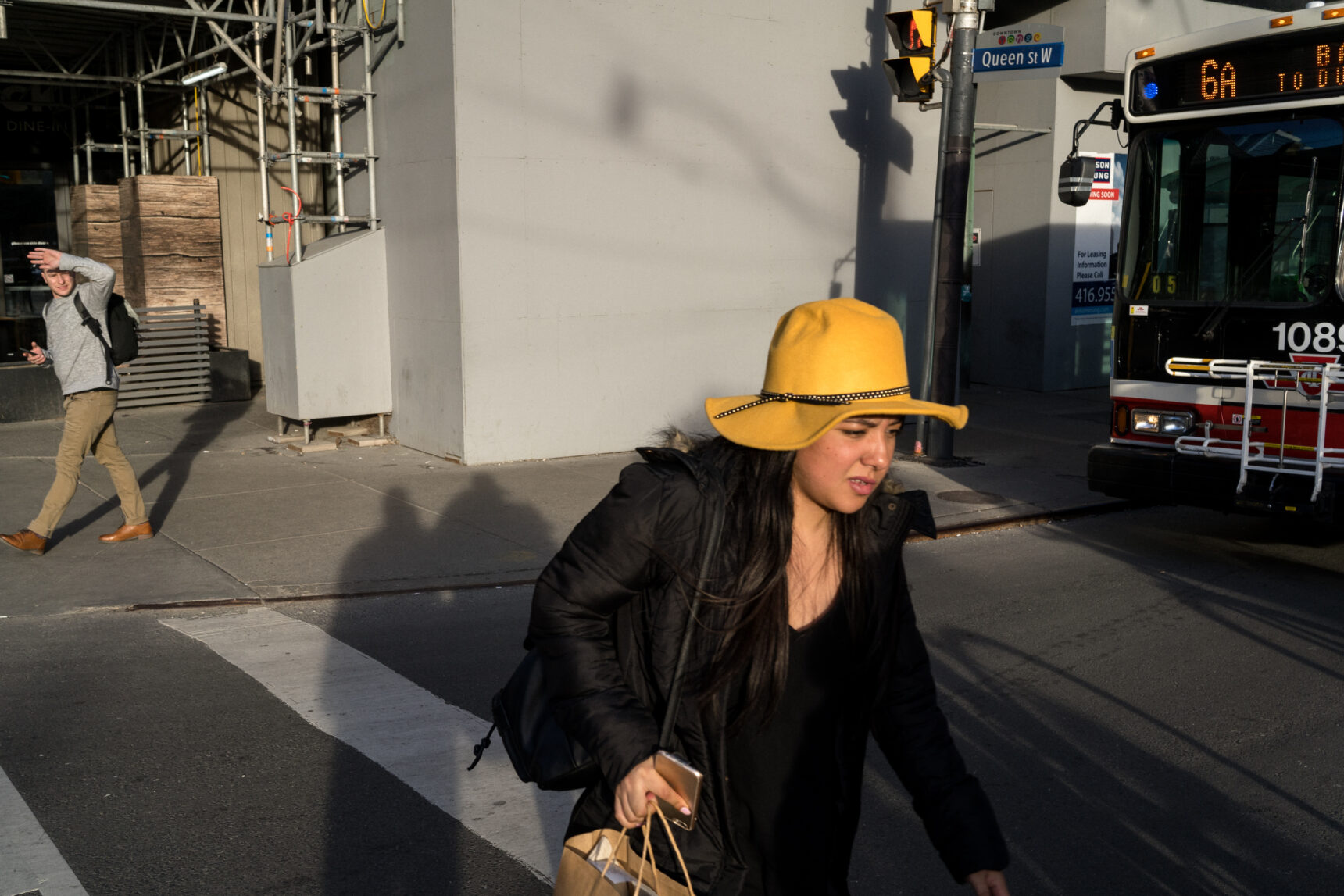
Street photography isn’t a static science and we’re often dealing with multiple moving subjects on multiple layers. If you let the camera’s autofocus system pick the focus point it will typically focus on whatever is closest to the lens. Or if that isn’t possible it will decide on something else that it determines to be the prominant subject.
I need to be in control of that focus point to record the scene the way I want.
Look at the image at the top of this section. This image was shot while crossing the street and everything in the frame (including myself) was in motion. There was no time to focus and recompose and if you let the camera’s AF system choose the subject it probably would have locked onto the girl in the yellow hat. And because you’re focused on the closest object it’s entirely possible there wouldn’t be enough depth of field and the guy in the background and probably the bus would be out of focus.
This is an image the relies upon the relationship between the three elements in the frame and I don’t think it could have been achieved using the camera’s AF system. But using back button AF to set a specific focus distance really does the trick with Sony A7iii street photography.
Of course you can always use manual focus lenses!
There are many choices from Voigtlander and the excellent (but pricey) Ziess Loxia line. Plus Sony E-Mount adapters are available for just about any manual focus lens you can think of.
Unfortunately, Leica M lenses (the holy grail of adapted lenses) aren’t a great match for Sony cameras. Something to do with the thickness of the filter stack on Sony sensors and the optical design of Leica M glass just don’t jive. Images are plagued by heavy vignetting, color shift and soft corners. You can correct for some of this in post but at some point it just stops being worth the hassle. Plus Leica glasss is crazy expensive!
But Canon FD or even Leica R lenses works surprisingly well when adapted to Sony A7iii street photography. There’s lots of stuff to play with if you feel the need.
At the end of the day, I’m still a big fan of the little Sony Zeiss 35mm lens. You might have to do a little dance to set the focus distance to your liking but it’s definitely doable.
Image Quality
I could go on about the image quality from the Sony A7iii and Sony Zeiss 35mm f2.8 until the cows come home. But instead, I’ll just show you a bunch of pics that I shot with this combo…
Click any pic to elarge!
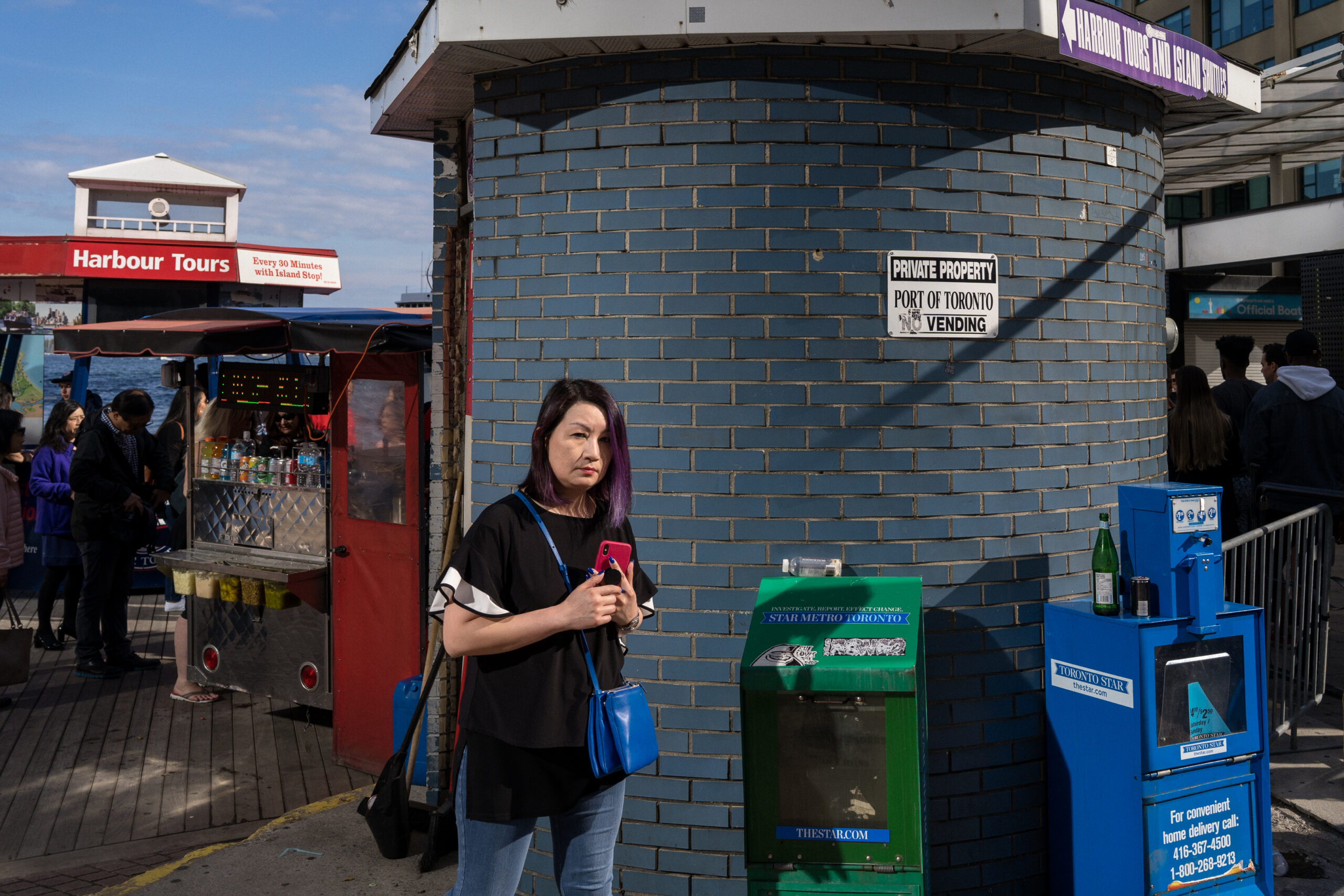
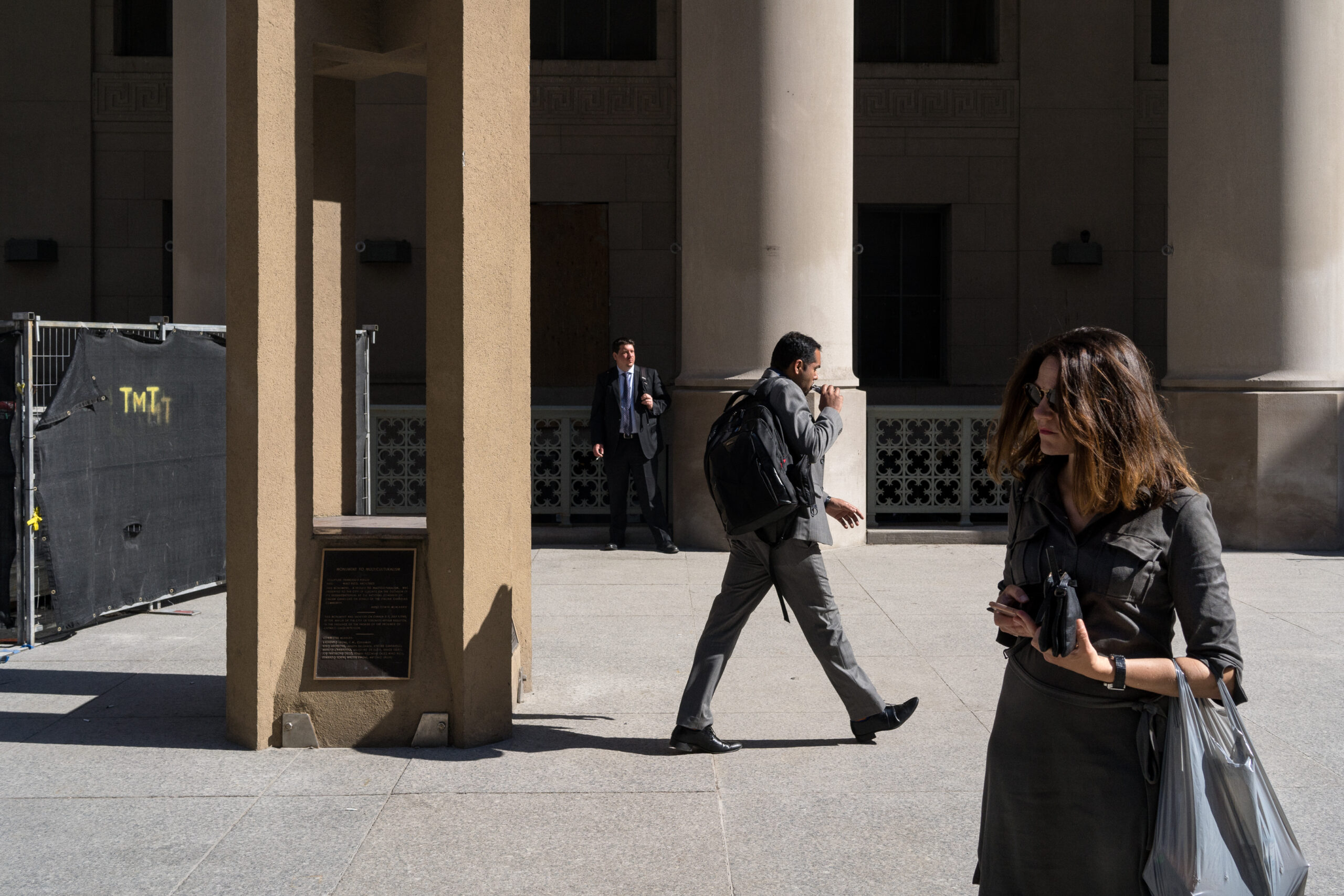
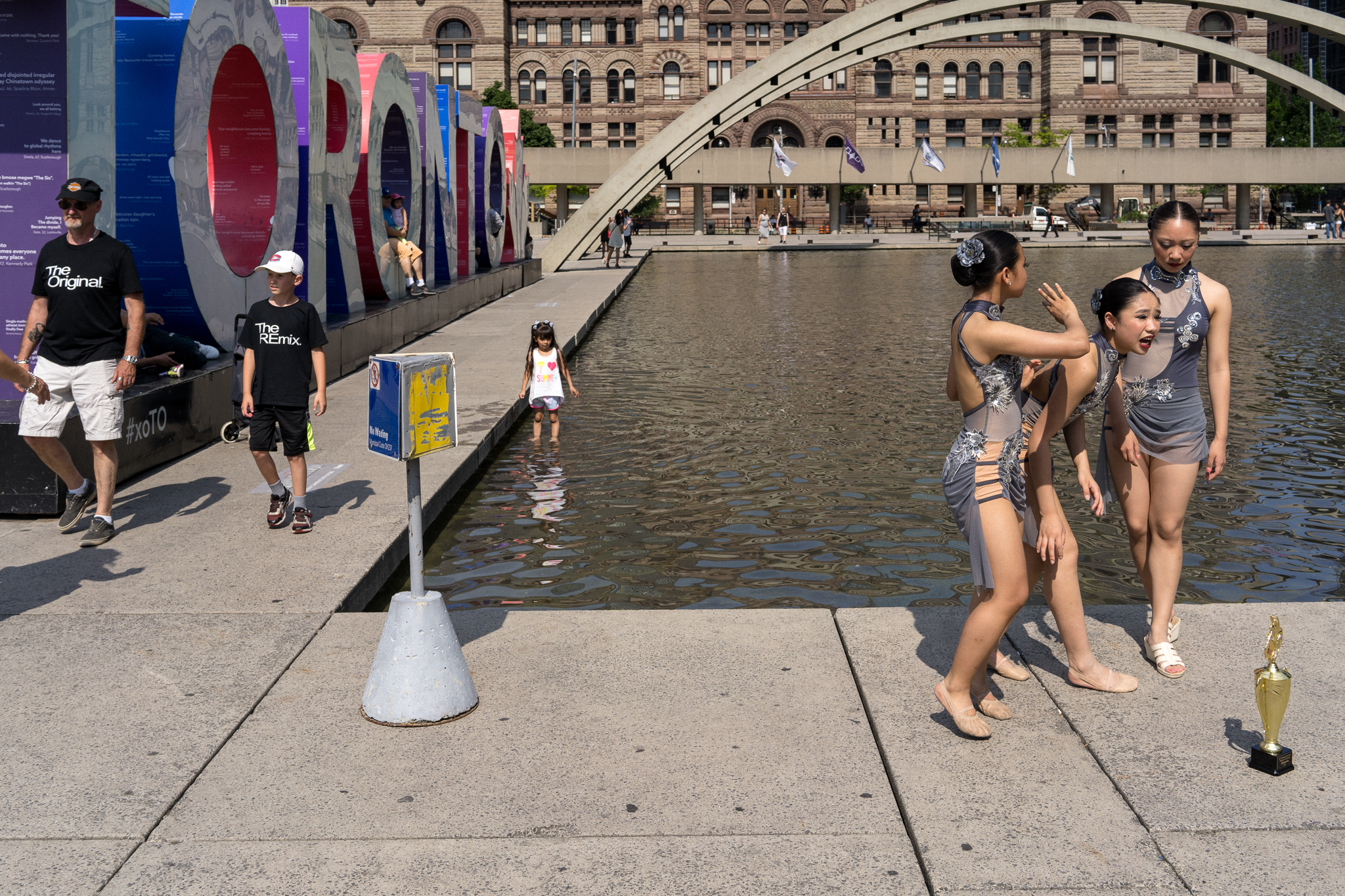
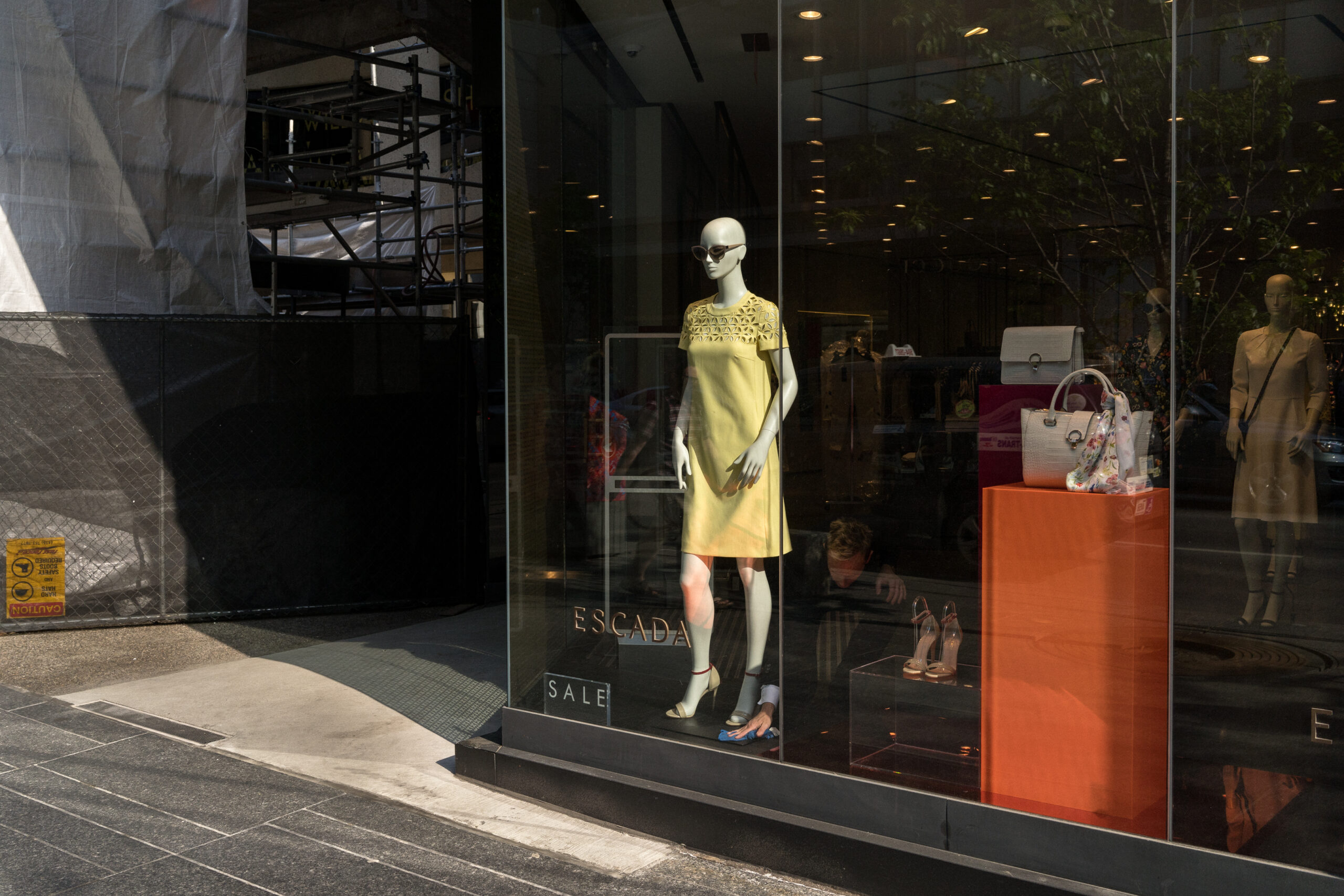
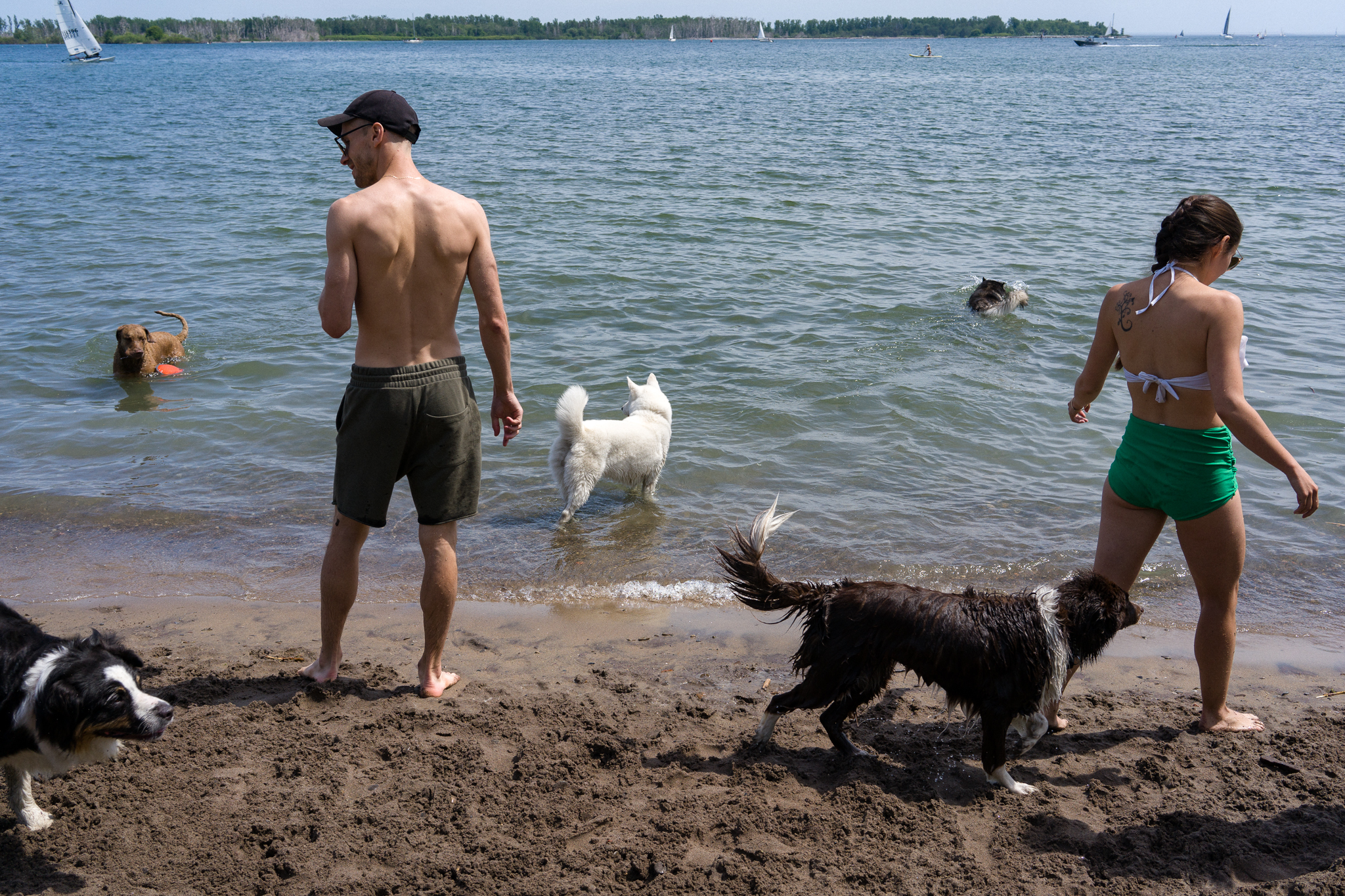
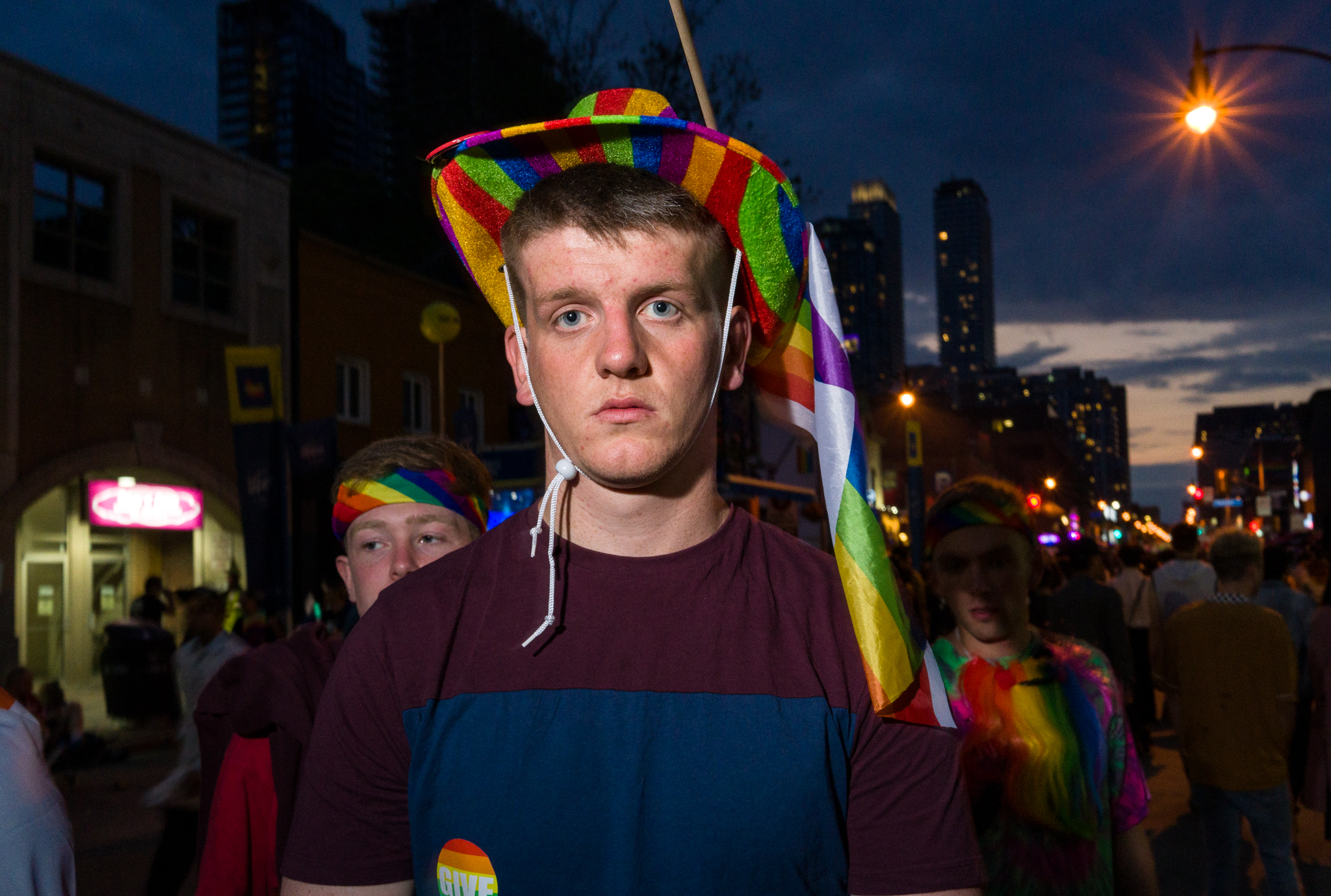
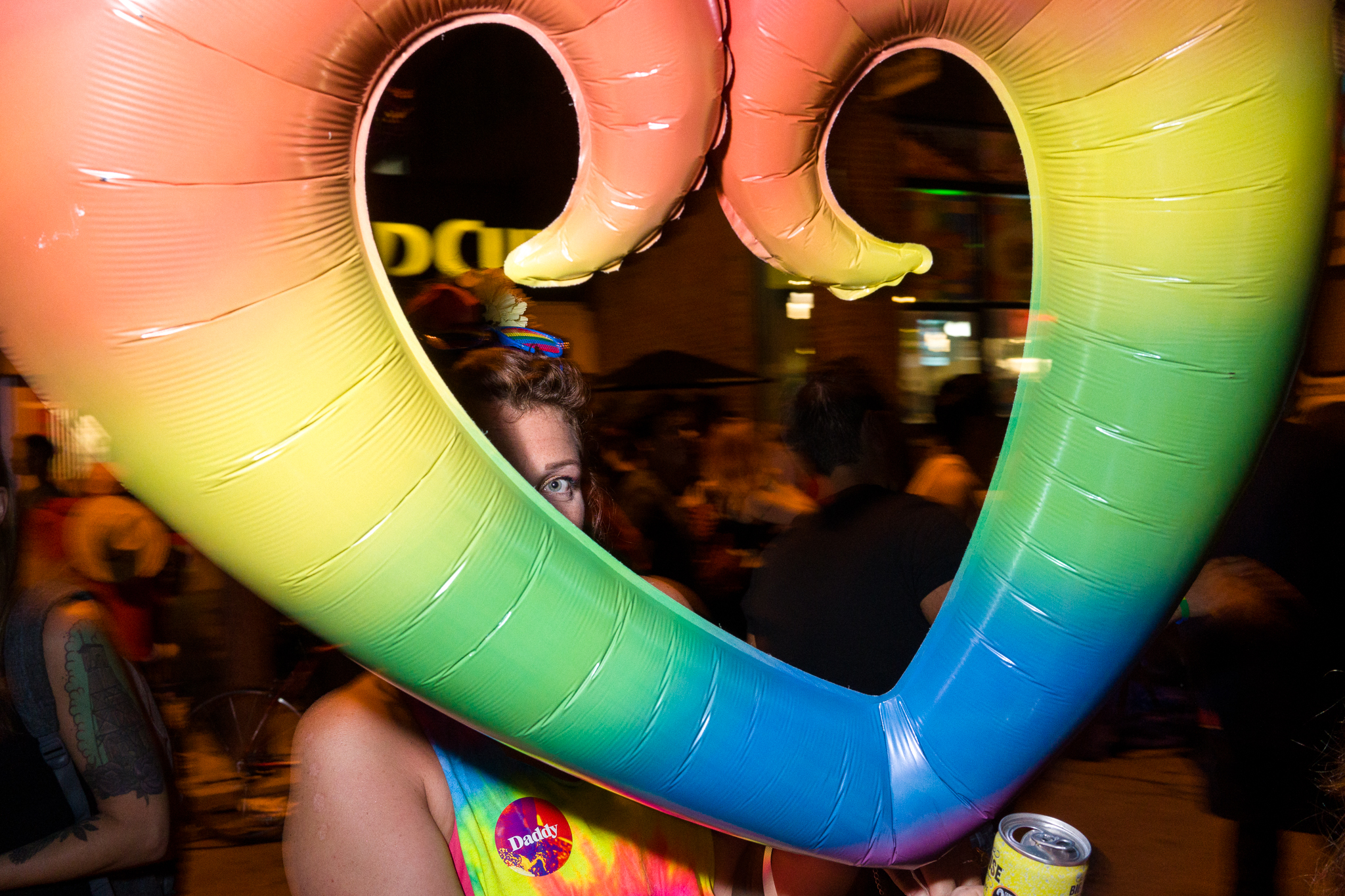
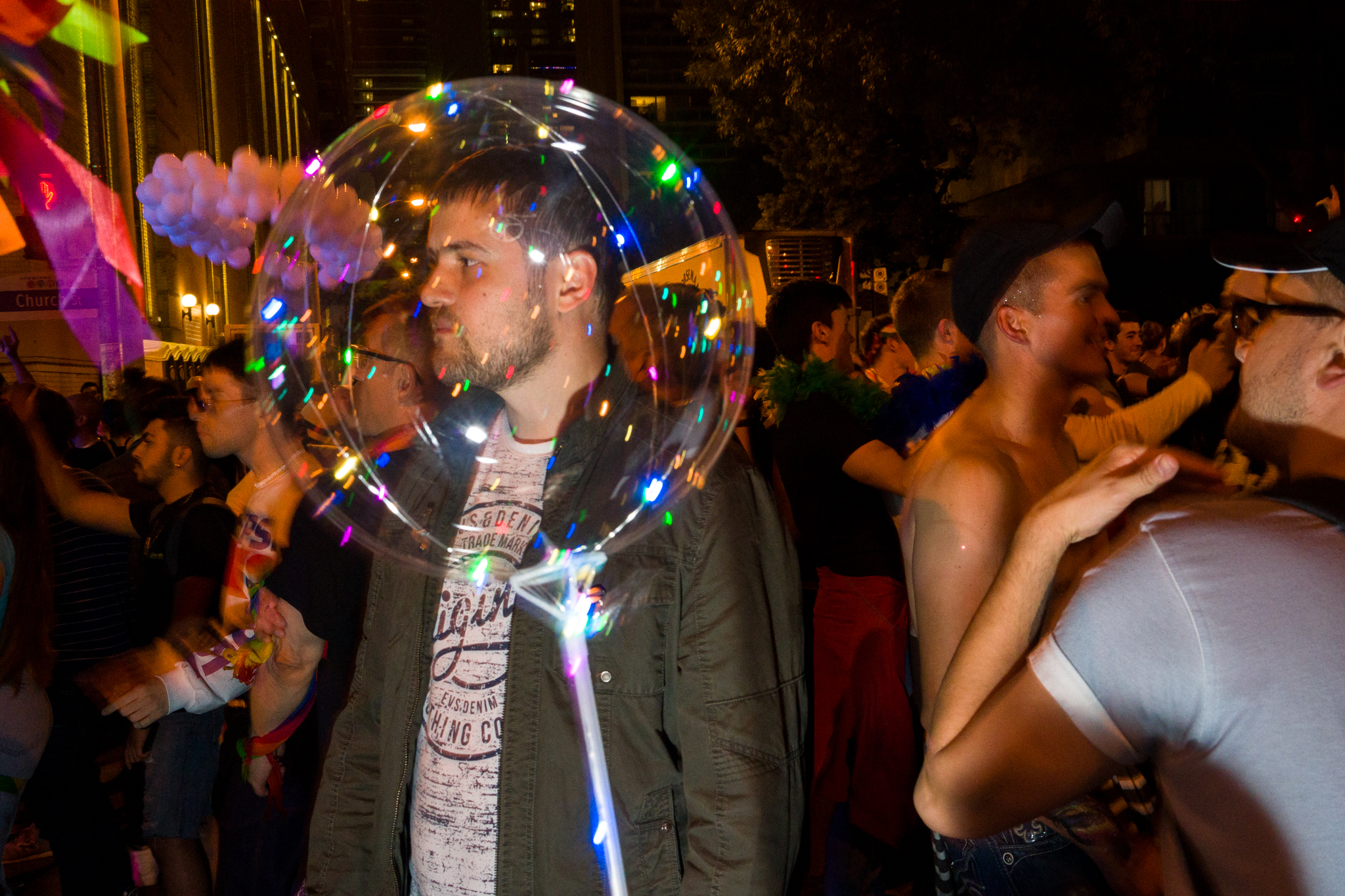
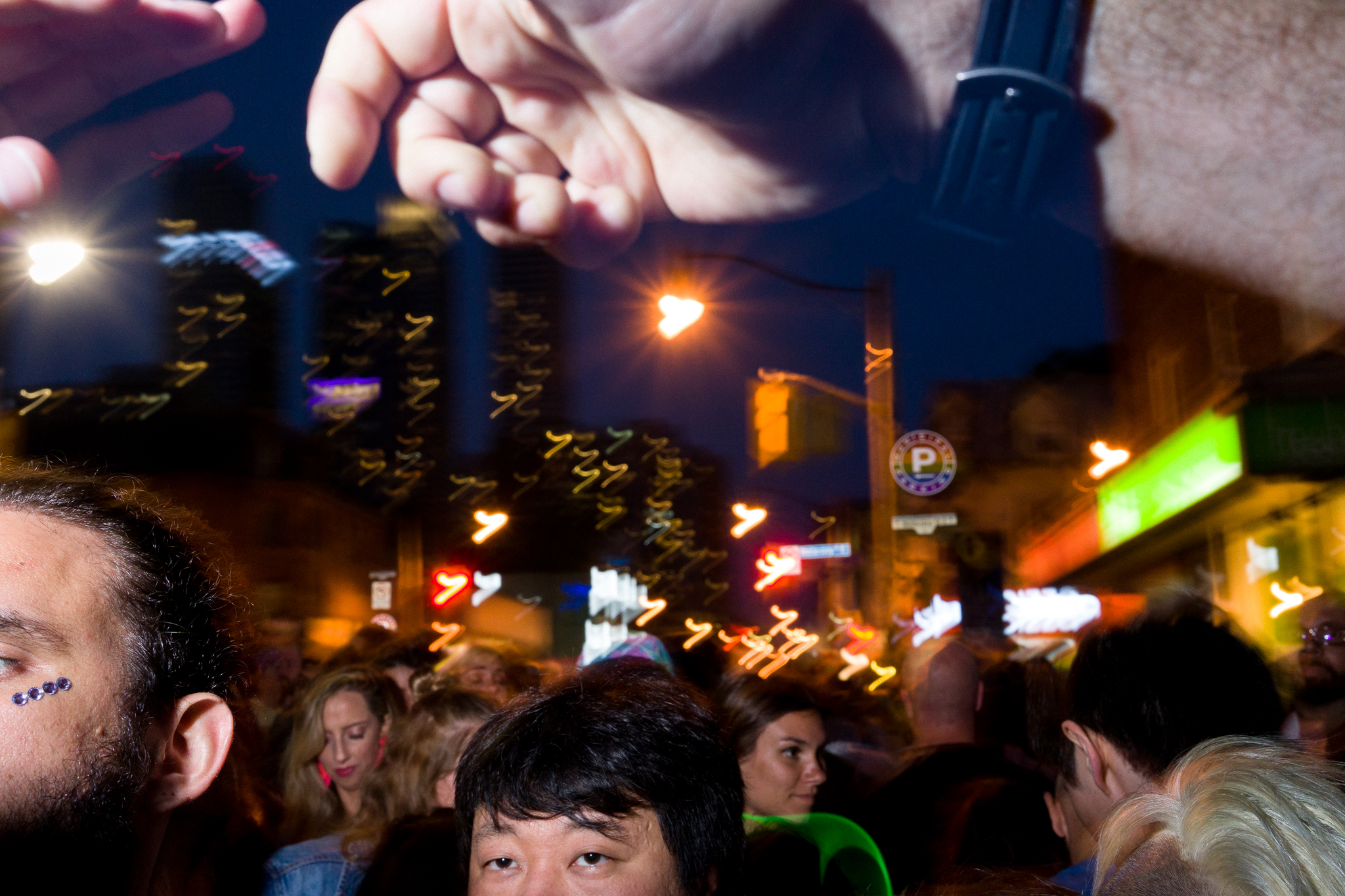
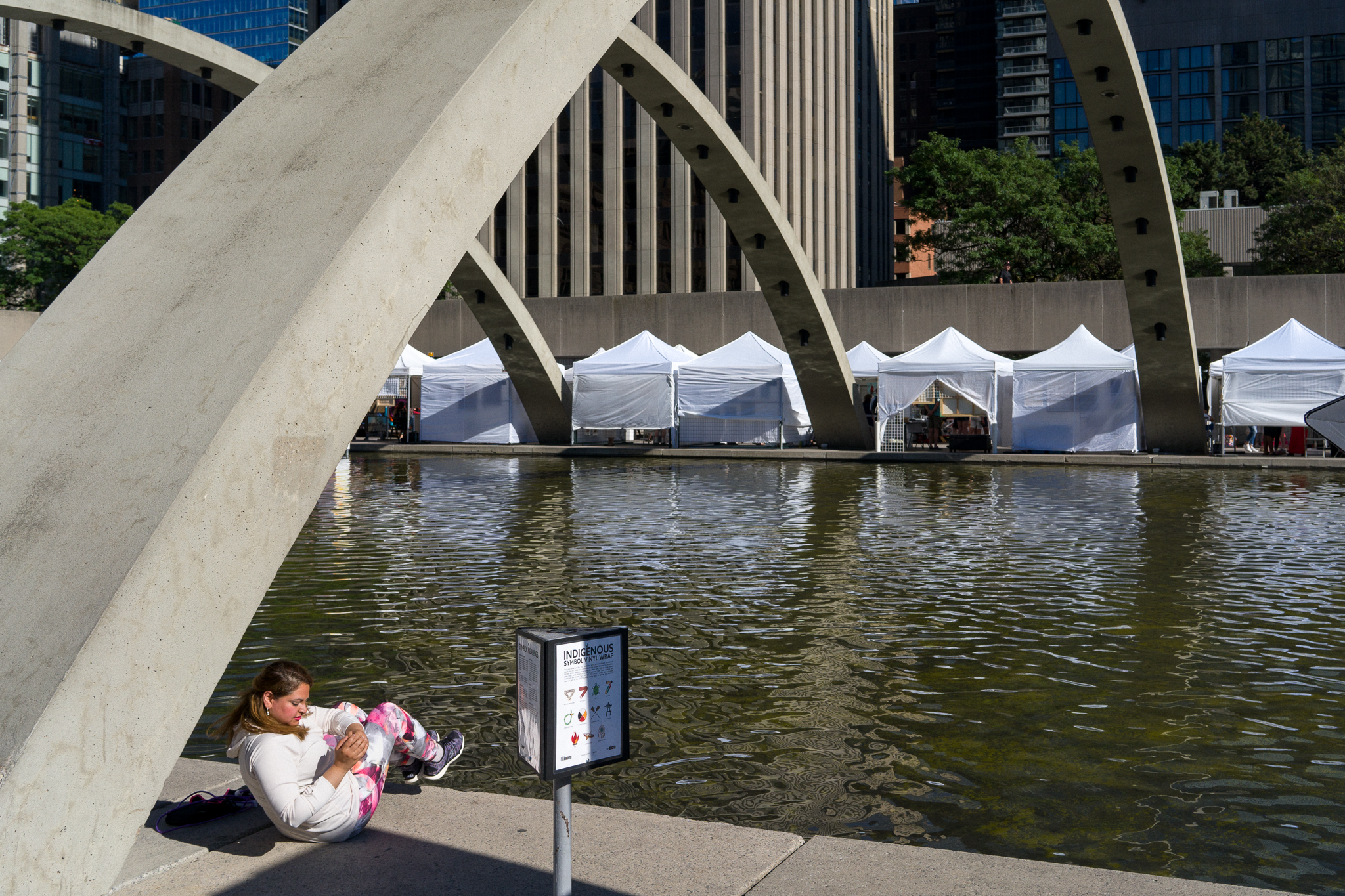
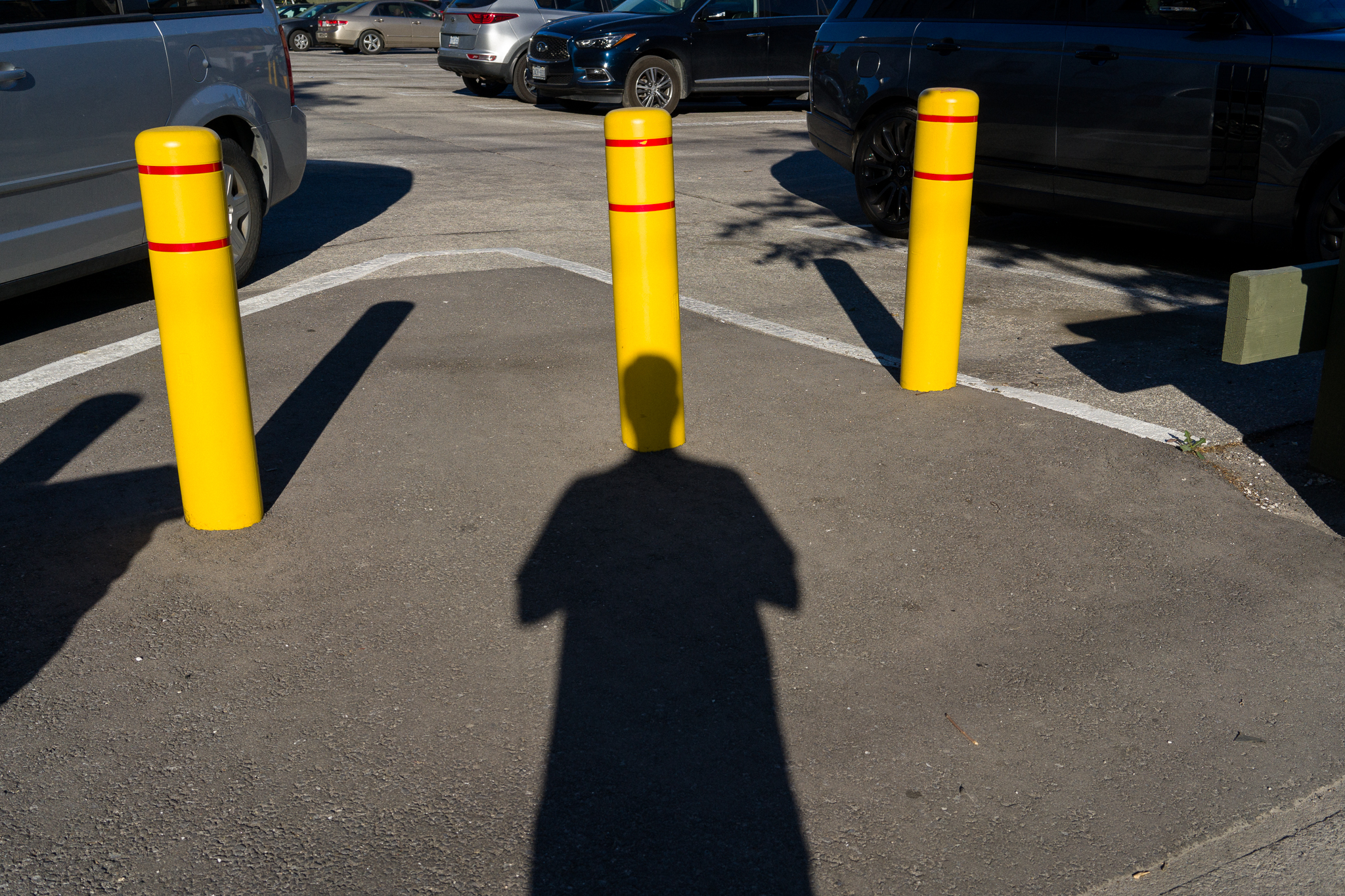
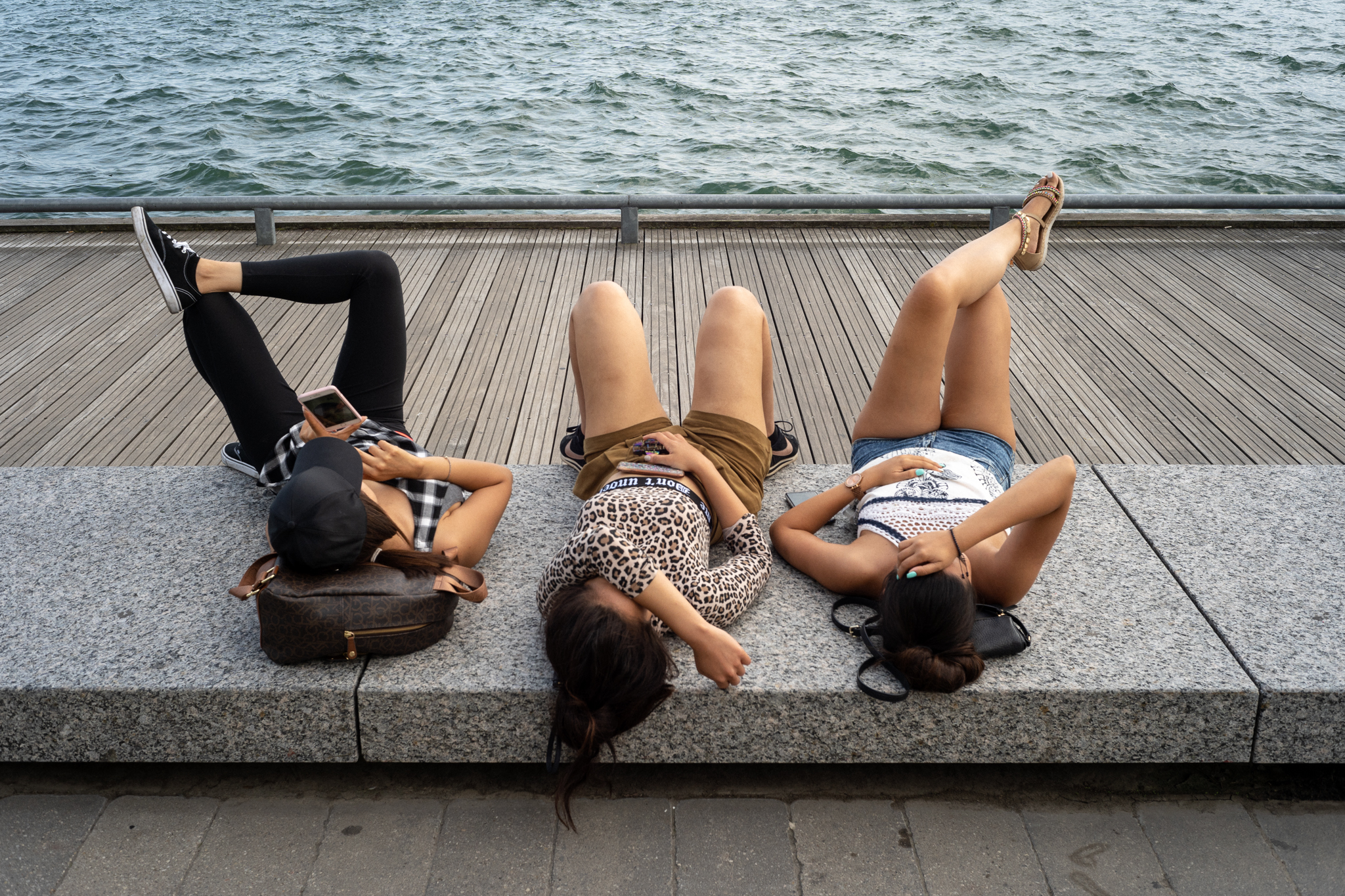
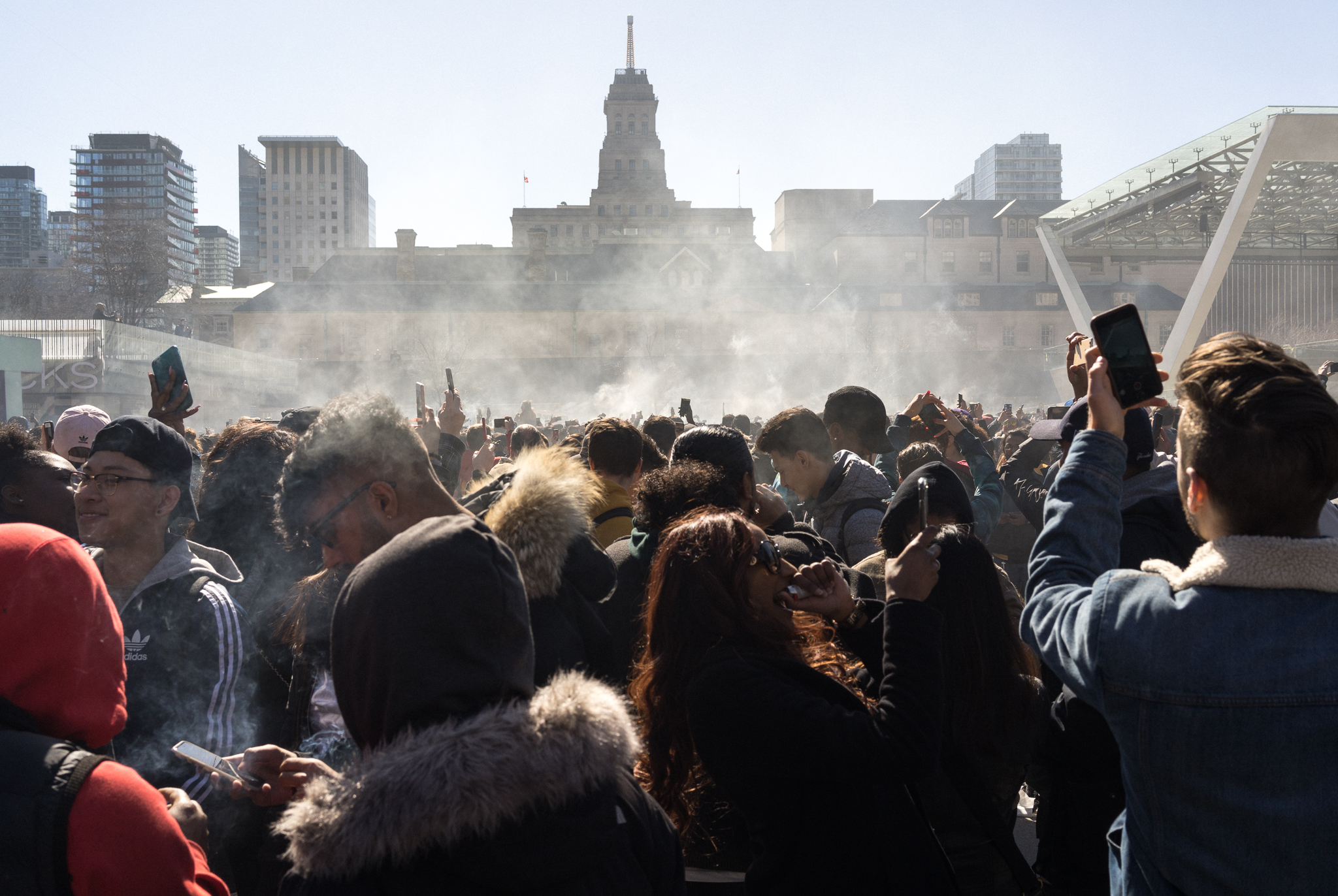
It Still Has That Clunky Shutter
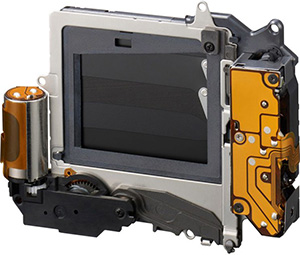
Sony has made a lot of improvements to the A7iii but it still has that clunky and loud Sony shutter.
There’s no getting around the loud clunk of this shutter mechanism (see video for sound sample). It gets even worse when you consider the Fuji XH1 is virtually silent and the newly announced Leica M10P is even quieter. Almost everyone is using a dampened shutter mechanism at this point so this is really starting to stand out.
But in all fairness, it’s the kind of thing that’s loudest to you because you’re shooting with it. I mean, people can see you holding a camera to your eye on the street so it’s pretty obvious you’re taking a shot. So a little clunk from the shutter isn’t going to make that much of a difference in most situations. In fact I never had a single incident where the shutter sound attracted any attention to my shooting.
And yes, I know that the camera has a silent shutter mode but it introduces rolling shutter and other artifacts depending on the lighting. Really, I’d only use this silent shutter mode as a last resort.
Conclusion

In spite of all the hype, Sony A7iii is not a perfect camera. But it’s really REALLY good. The fact that this camera can do what it does that the $2000 price point is nothing short of amazing.
I bought this camera with my own money. Sony didn’t send me a review sample and I don’t have any secret back channels to get free cameras. I had to pony up the cash so the question isn’t whether I’d buy one (because clearly I did!) The question is whether I’m going to keep this one.
Yup. This camera will totally last me until I get my next camera. :)
Look, I’m terrible with buying new cameras all the time. But I go through enough gear to recognize when something really stands out. And the Sony A7iii street photography really stands out. I have no problem recommending this camera for street photography or any other kind of photography. You’re going to get amazing image quality.
And the rest is up to you.
Sony A7iii Street Photography Pros:
- All new 24MP Back-illuminated sensor produces excellent image quality.
- Especially when paired with the 35mm Sony Zeiss 35mm f2.8 lens.
- 15 stops of dynamic range opens up new shooting possibilities.
- Excellent low light performance.
- Industry leading battery life.
- Amazing value for $2000.
Sony A7iii Street Photography Cons:
- That Sony interface and menu system.
- Shutter is loud and sounds a bit clunky.
- Orange ring around lens mount attracts a bit too much attention.
- The risk of becoming a Sony fanboy.
The Sony A7iii is available from your favorite online retailer:
Sony A7iii body on Amazon.
Sony A7iii body at B&H.
And the excellent Sony Zeiss 35mm f2.8 lens:
Sony Zeiss 35mm f2.8 lens on Amazon.
Sony Zeiss 35mm f2.8 lens at B&H.
Canadian shooters can find the Sony A7iii at Canada’s greatest camera store:
Sony A7iii at CameraCanada.
Sony Zeiss 35mm f2.8 at CameraCanada.
Please support StreetShootr and use one of the links on this page if you decide to purchase the Fuji GFX. It costs you nothing extra but I will receive a small commission that helps keep this site alive and growing. Thanks for your support!
What’s your take on our Sony A7iii street photography review? Is this the camera that can change your mind about Sony? Or would you rather stick with your beloved Fuji? Post your ideas in the comments below and keep the conversation going!

